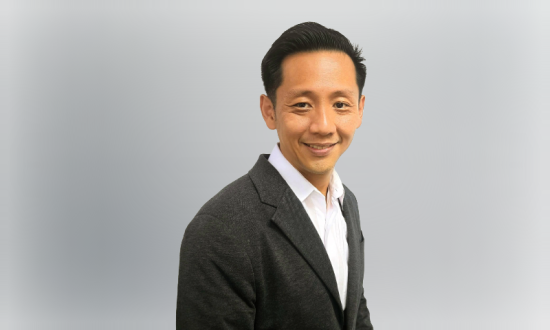Nam Guan is the Senior Director of the APJC AI Innovation Hub and Cloud Native Architecture at Dell Technologies. He leads solution prototyping for Cloud Native MLOps, designs architectures for clients and partners, and drives talent development in emerging technologies. Nam Guan joined Dell through Pivotal, where he served as Senior Director of Strategy for South Asia. He actively contributes to Singapore’s tech ecosystem and is the Chair of the Smart Nation Chapter at SGTech, fostering public-private collaboration. Nam Guan holds a B.Sc. (First Class Honours) in Electrical Engineering from the University of Illinois and an M.Sc. from Stanford University.
Recently, in an exclusive interview with Digital First Magazine, Nam Guan shared his professional trajectory, insights on authentic leadership, personal hobbies and interests, future plans, words of wisdom, and much more. The following excerpts are taken from the interview.
Hi Nam Guan. Can you walk us through your background and what you’re most passionate about in your work?
I was trained in Electrical and Computer Engineering and Management Science, and began my career in the Singapore public service, supported by government scholarships for both my undergraduate and graduate studies. A strong believer in the power of technology as an equalizer for individuals and businesses, I dedicated the early part of my career to advancing Singapore’s technology industry. This included shaping policies and conceptualizing nationwide initiatives like the Next Generation Broadband Network (Next Gen NBN).
Being part of a nation’s transformation—from driving computerization and digital connectivity to advancing digitalization and cultivating a vibrant, inclusive digital economy—has been immensely fulfilling. These experiences have allowed me to collaborate with public and private sectors on their transformational journeys. Transitioning through roles in management consultancy, mergers and acquisitions, and corporate strategy, I now focus on supporting clients and partners in shaping and implementing their AI and Cloud Native strategies.
Throughout my journey, one guiding principle has remained constant: leveraging technology to drive human progress.
What aspects of your current role bring you the most joy and fulfillment?
I find immense joy and fulfillment in several aspects of my role: driving client and partner success, making a meaningful impact in the regions where we operate, and leading a talented team that shares my values and vision.
At the APJC AI Innovation Hub, my team and I focus on solution prototyping for Cloud Native MLOps, designing solution architectures for clients and channel partners to accelerate their time to market and optimize ROI.
Beyond supporting clients, I am proud of the community impact we create. For instance, in Singapore, our APJC headquarters, Dell collaborates with over 10 Institutes of Higher Learning to train 1,000 students annually in emerging technologies like Cloud Native MLOps. A flagship initiative of this partnership is Dell InnovateFest, a hackathon that empowers young technologists to develop innovative solutions driving human progress.
Last year, the second edition of Dell InnovateFest centered on leveraging technology to combat social isolation among seniors and persons with intellectual disabilities. The creative solutions presented by students not only demonstrated their technical expertise but also their social consciousness, preparing them to tackle future challenges.
Finally, I draw immense energy from my colleagues at Dell and the incredible team I lead. Their relentless focus on client and partner success inspires me every day, and it is profoundly rewarding to witness how our technologies advance businesses and create tangible, meaningful outcomes.
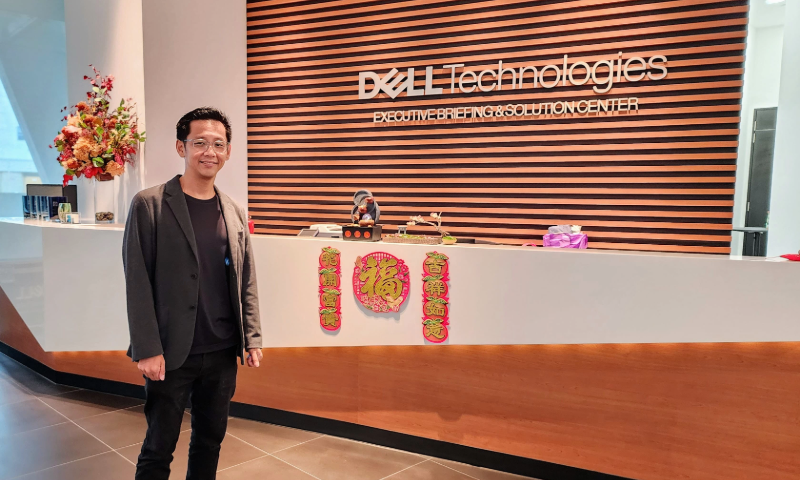
You are also a Chair, Smart Nation Chapter at SGTech. Can you please tell us about SGTech and your role in it?
SGTech is Singapore’s leading trade association representing and advocating for the technology industry. It plays a vital role in fostering innovation, collaboration, and growth across sectors to advance Singapore’s digital economy and Smart Nation aspirations.
I am honored to serve as Chair of the SGTech Smart Nation Chapter (SNC), working alongside exceptional industry leaders on the Executive Committee.
Our chapter focuses on three core areas: Projects, Programs, and Policy Advocacy (PPP). Through these initiatives, we collaborate with members and public-private sector partners to cultivate a vibrant ecosystem of smart technology innovators and adopters. Together, we strive to develop impactful solutions that not only benefit Singapore but also foster collaboration with our counterparts in other geographies, driving global innovation and progress.
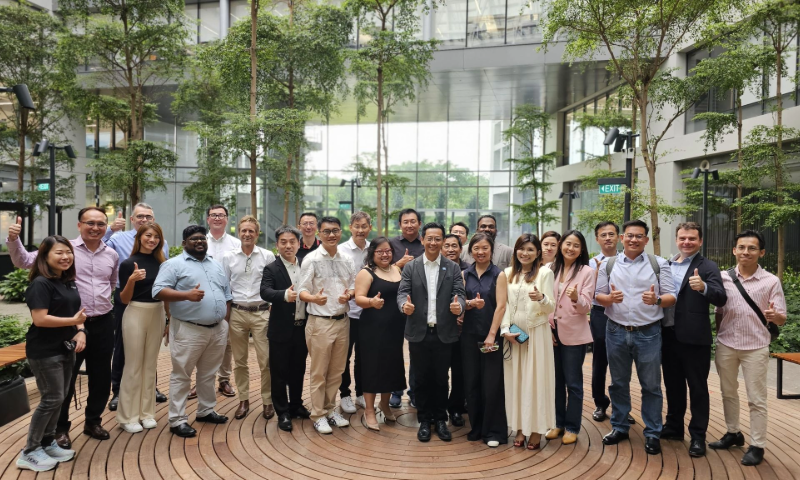
How do you see the role of cloud-native architecture evolving in the next 2-3 years?
Cloud-native applications represent the future of software development. By leveraging the cloud computing delivery model, they provide enhanced agility, resilience, and portability across public, private, and edge cloud environments.
In the next 2-3 years, cloud-native architecture will become the “default” approach, especially as modern greenfield workloads, such as AI and MLOps, are inherently cloud-native and containerized by default. Additionally, many companies are progressing in their application modernization efforts to transform brownfield workloads, making them cloud-ready and more efficient.
With the widespread adoption of cloud-native architecture, developers will increasingly partner with businesses to focus on outcomes and use cases. This will accelerate innovation, drive growth, enhance customer experiences, and optimize productivity across industries.
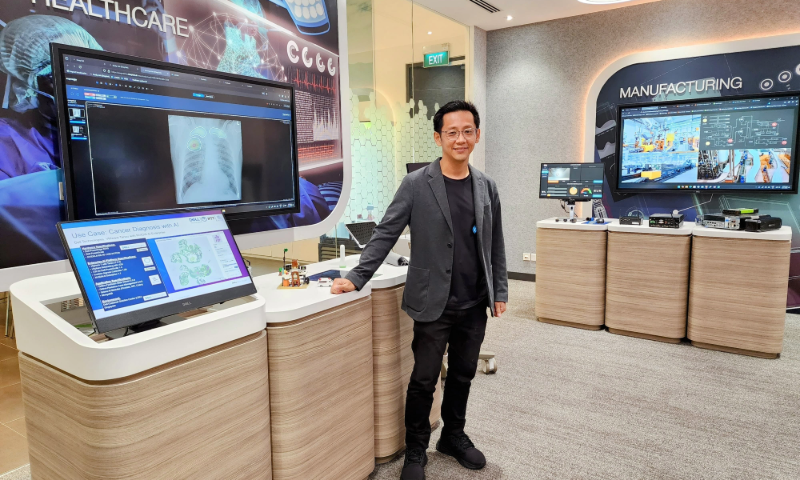
How do you stay current with the latest developments and advancements in cloud-native architecture?
Stay current by reading extensively, engaging with industry content, and revisiting first principles. There is a wealth of literature—books, blogs, and articles—and I personally find that diagrams and reading are more effective for my learning style. My advice is to find the approach that works best for you.
In my role at Dell’s APJC Innovation Hub, I have the advantage of working with cutting-edge technologies, which helps me focus on innovations with the greatest impact. Additionally, revisiting foundational principles allows me to better understand and absorb new developments, much like a martial artist leveraging core skills to learn a new discipline.
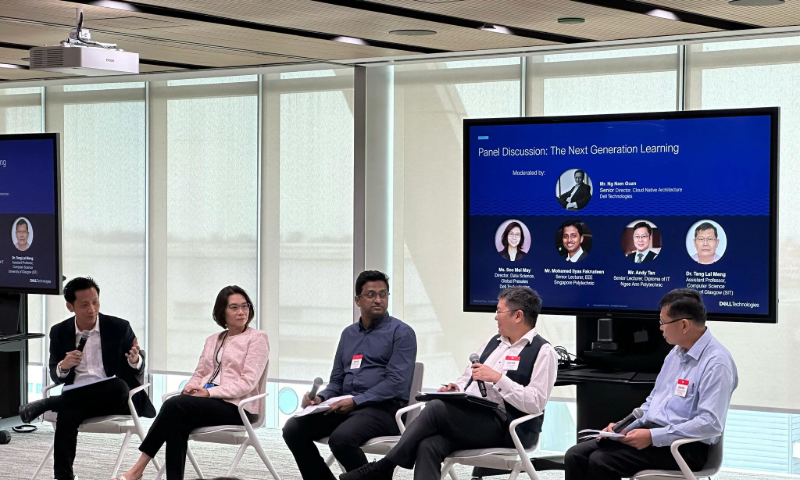
Is there a particular person you are grateful for who helped get you to where you are?
I have been fortunate to have many role models and mentors throughout my life who have guided me in various aspects, shaping my decision-making process, and teaching me how to follow and how to lead. I am deeply grateful to all of them.
If I were to choose just one person, I would dedicate this to my wife. Her unwavering support for all my decisions and her role as my sounding board have been invaluable on my journey.
What does the term “authentic leadership” mean to you?
To me, authentic leadership means demonstrating care for outcomes and care for your team.
Care for your team: When I served in my national military service, the motto “care for soldiers” resonated deeply with me and continues to guide me to this day. As a leader, your success comes from the people who work with you, and it’s essential never to lose sight of that. If you genuinely care for your team members and relentlessly create a culture and environment that supports their success, they will, in turn, take care of you.
Care for outcomes: When thinking about outcomes, I am guided by the idea of a “North Star”—our internal moral compass. A solid strategy is one that stands the test of time. While it’s important to address short-term priorities such as meeting deadlines, managing events, or launching products, a leader must ensure that the team remains focused on longer-term goals and outcomes. Like the North Star, these goals should provide direction and purpose, keeping the team aligned and motivated.
What are some of your passions outside of work? What do you like to do in your time off?
I enjoy the outdoors, particularly fishing, trekking, and traveling. If I had to choose one passion, it would be traveling to off-the-beaten-path destinations to immerse myself in local culture and history.
I also make it a priority to take my family on at least one trip each year. These trips don’t have to be far or long; what matters most is the opportunity to introduce my children to the beauty and diversity of various cultures, fostering curiosity and appreciation in their young minds.
Which technology are you investing in now to prepare for the future?
Building on the foundation of Cloud Native Architecture, my clients, partners, and team have expanded into related areas such as Cloud Native MLOps. We will continue to enhance and build upon Cloud Native Architecture, exploring new opportunities in these interconnected areas. Stay tuned!
What is your biggest goal? Where do you see yourself in 5 years from now?
While it may sound repetitive, my biggest goal remains driving technology for human progress at scale. Technology is a powerful equalizer, and we’ve witnessed how its adoption can shift paradigms, transform businesses, and reshape society.
In five years, I see myself continuing to work closely with clients and partners in their technology transformation journeys. Additionally, I hope to dedicate time to mentoring the next generation of leaders, helping them accelerate and amplify this cause.
What advice would you give to organizations looking to establish their own innovation hubs or centers of excellence?
Create a rock band, not rock stars: The proverb “If you want to go fast, go alone. If you want to go far, go together” captures the essence of successful innovation. It’s easy to fall into the trap of grooming superstars who “carry the team” to quickly produce a minimal viable product (MVP). However, this approach is unsustainable and can hinder the progress and contributions of other team members. As leaders, we should focus on fostering a culture of collaboration and celebrating joint success, rather than focusing on individual accolades.
Establish psychological safety: To create a space where your team can truly experiment and grow, you need to provide psychological safety. Ensure your team feels supported and confident to take risks, knowing that they have your backing. I recommend adopting a “start fast, fail fast” approach—allowing for rapid iteration without overplanning. Treat failures as valuable learning opportunities, not setbacks.






